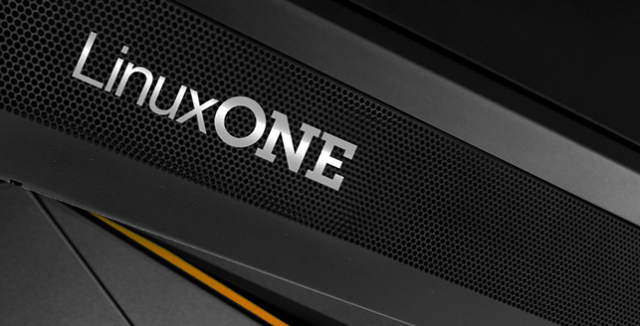
Once upon a time operating systems were owned and managed by single companies.
IBM ran its System 370 mainframes on on MVS, VSE, or TPF. That in the 1960s and 70s. Things have moved on apace since, not least with IBM.
In the ICL (International Computers Limited, now part of Fujitsu) developed VME (Virtual Machine Environment) its mainframe operating system to drive ICL’s then new 2900 Series mainframes, the operating system is now known as OpenVME and has Unix elements.
So the story of open source operating systems can be traced to the mainframe era.
Also in the intervening decades the advent of the mini computer saw firms such as HP, Digital Equipment Company, Sun Microsystems all develop proprietary hardware platforms based on their own chip architectures and monolithic operating systems.
Digital Equipment Company (DEC) had VMS, Sun had Solaris and HP had HP-UX. Not to be outdone IBM introduced the AS/400 which ran on the OS/400 operating system.
The 1980s also saw the emergence in popularity of Unix, an operating system invted in 1969 by AT&T’s Bell Labs. IBM launched IBM AIX. Others launched ‘open’ versions of their operating systems, Open Solaris, Open VMS, but this did not stem the tide.
Suddenly everyone had a version of Unix.
Into the 1990s and along came Linux. Linux promised flat homogenous computing for enterprise applications. Of course it split into different ‘distributions.’ Red Hat being the most successful. It was IBM which made Linux main stream by announcing its endorsement of the operating system. IBM launched a Linux only mainframe in 2015.
Open source operating systems continue today at the client and device level. Android is the best known while Ubuntu is spreading from PCs to servers to smartphones.
Open source operating systems were once called a door to which no-one had the key, but they are more popular than ever.






